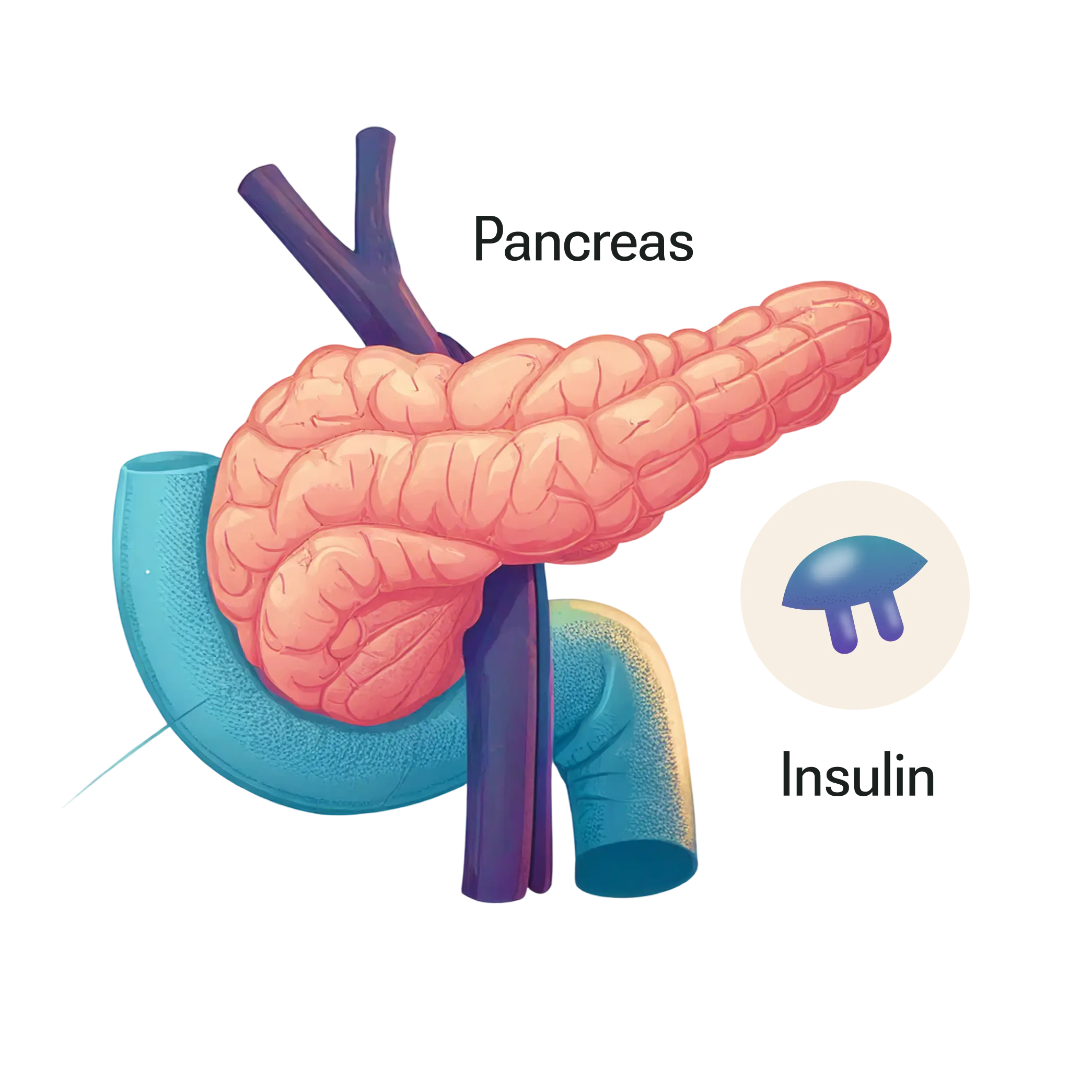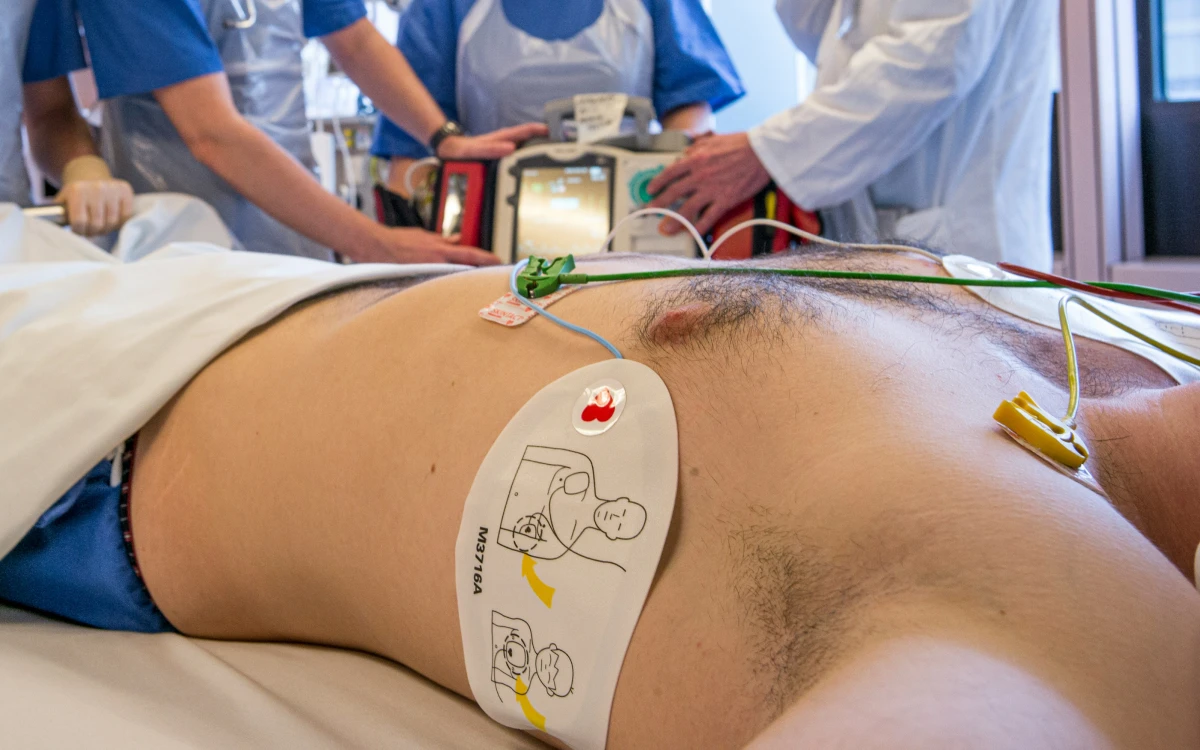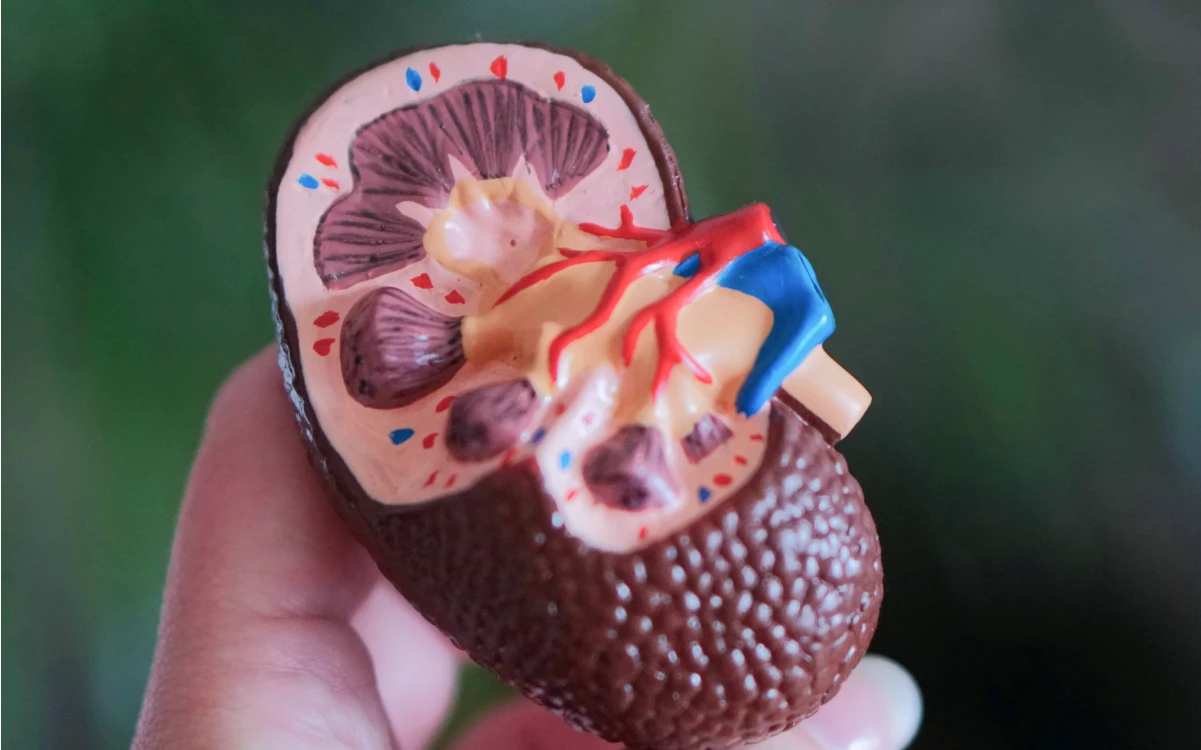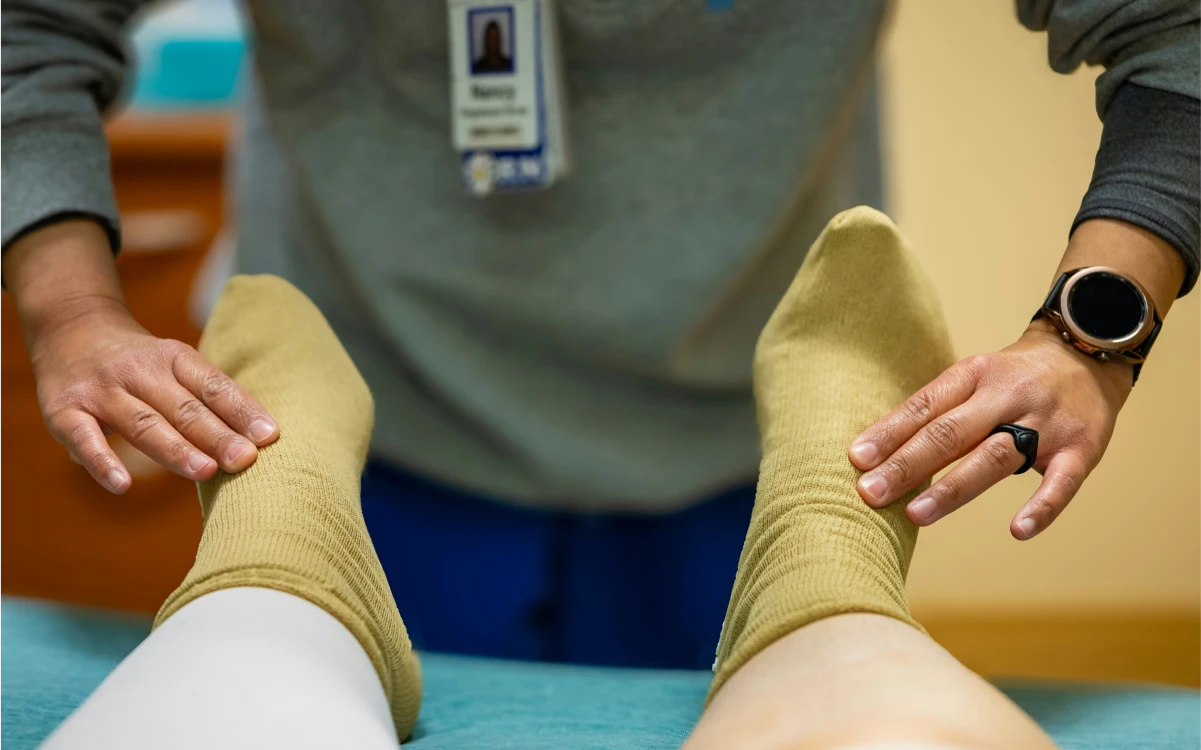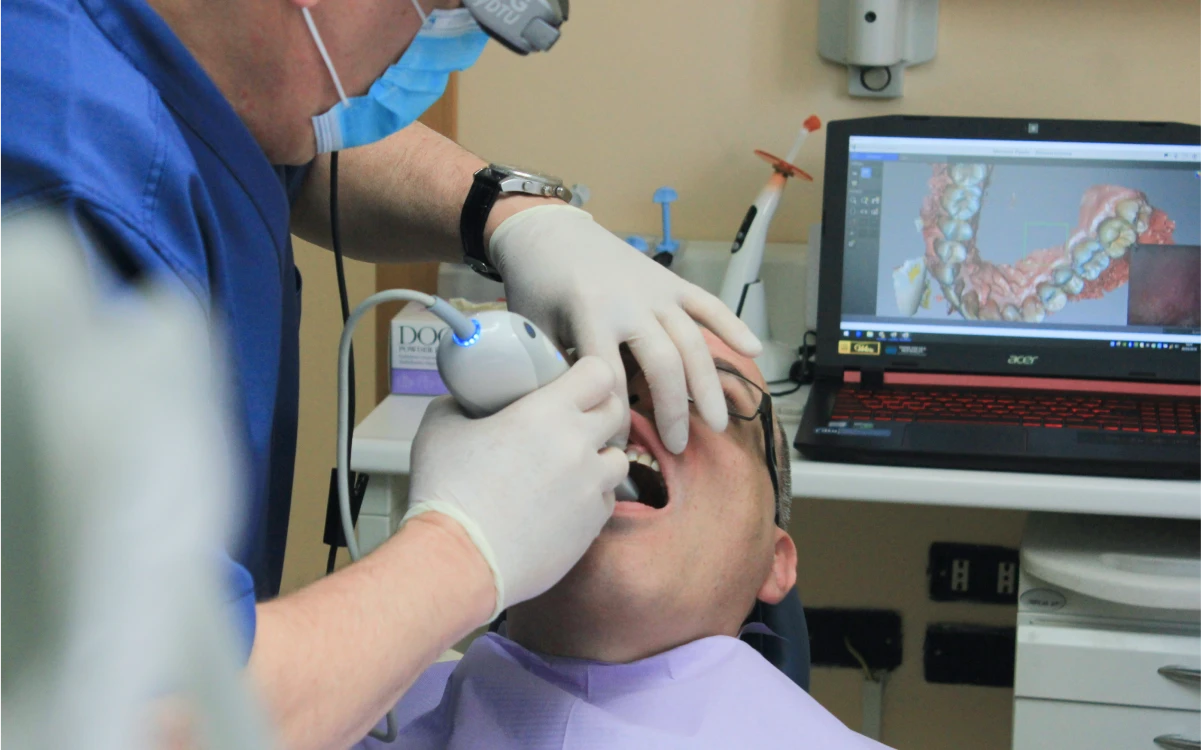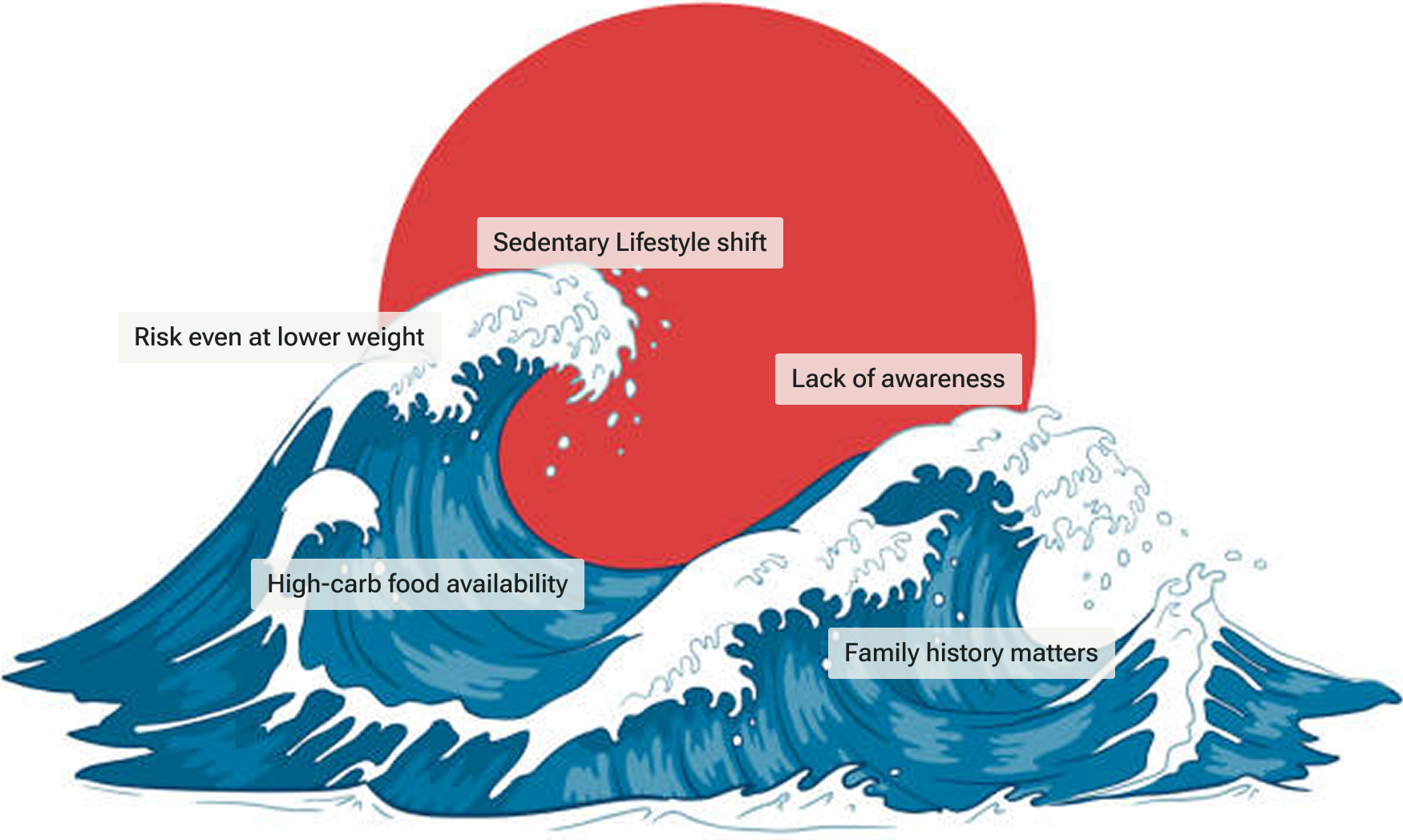
Why Diabetes is Rising in Asian Communities
Modern life is creating powerful undercurrents-colliding with the traditions that once protected us. This invisible epidemic didn't appear overnight. It has been building quietly, beneath the surface, shaped by culture, biology, and history. Let's understand why-and take action together.

Modern life has reduced daily movement—this increases blood sugar and insulin resistance over time.
Your risk rises at a lower weight. That’s why the BMI screening cutoff for Asians is 23, not 25.
Many in our community don’t get tested until symptoms appear—by then, complications may have started.
If diabetes runs in your family, or you had diabetes while pregnant, your risk may be higher—even if you feel healthy.
Inexpensive, tasty, and convenient foods spike blood sugar and increase cravings —they are everywhere and often contain lots of sugar, fats, and preservatives.
The Rise of Diabetes in Asian Communities
1 in 2 Asian American adults will face diabetes or pre-diabetes, often without visible weight gain. But early knowledge is power. Let's spot the risks today—and take action together.

Asian people have the highest risk of gestational diabetes compared to ALL other groups
The good news?
Your ABCDs: Simple Steps for a Healthier You
A
A1C

A
A is for A1C - Your Blood Sugar Check
Your A1C number shows your average blood sugar level over the past 3 months.
Normal: Less than 5.7%; Pre-diabetes: 5.7 to 6.4%; Diabetes: 6.5% or higher
Why it matters: High blood sugar overworks your pancreas and weakens your blood vessels.
Pro Tip: If you have diabetes, aim to keep your A1C below 7%, although this goal can vary depending on the person.
Learn More here: ADA SOC 2025
B
Blood Pressure

B
B is for Blood Pressure – Protect Your Heart
Having high blood pressure AND diabetes leads to higher risk of heart attack, strokes and kidney failure.
Why it matters: Diabetes already damages blood vessels; high blood pressure exacerbates this damage.
Pro Tip: Normal blood pressure is below 120/80 mmHg. If you have diabetes, aim to keep your blood pressure below 130/80 mmHg.
C
Cholesterol

C
C is for Cholesterol – Know Your Lipids (Fats)
Having high cholesterol (fat) AND diabetes also leads to higher risk of heart attack and strokes. A simple (lipid) blood test can measure your total cholesterol, HDL (“good” fat), LDL (“bad” fat), and triglycerides (a type of fat).
Why it matters: High cholesterol increases the risk of plaque build up in the vessels, which can narrow or block blood flow and lead to heart attacks and strokes
Pro Tip: Keeping your LDL (“bad”) cholesterol low protects your heart and blood vessels. A healthy goal range for LDL is 70-100 mg/dL.
Learn More here: What does my LDL Cholesterol number mean?
D
Distress

D
D is for Diabetes Distress – Care for Your Mind, Too
Living with diabetes can be emotionally heavy. You might feel frustrated, tired, or burned out. That’s called diabetes distress, and it’s common.
Why it matters: Distress and depression makes it harder to stick with healthy habits—and it affects your body too.
Pro Tip: Talk to someone you trust, join a support group, or check in with a coach. Taking care of your emotions is an important part of taking care of your health.
A1C

A is for A1C - Your Blood Sugar Check
Your A1C number shows your average blood sugar level over the past 3 months.
Normal: Less than 5.7%; Pre-diabetes: 5.7 to 6.4%; Diabetes: 6.5% or higher
Why it matters: High blood sugar overworks your pancreas and weakens your blood vessels.
Pro Tip: If you have diabetes, aim to keep your A1C below 7%, although this goal can vary depending on the person.
Learn More here: ADA SOC 2025
Blood Pressure

B is for Blood Pressure – Protect Your Heart
Having high blood pressure AND diabetes leads to higher risk of heart attack, strokes and kidney failure.
Why it matters: Diabetes already damages blood vessels; high blood pressure exacerbates this damage.
Pro Tip: Normal blood pressure is below 120/80 mmHg. If you have diabetes, aim to keep your blood pressure below 130/80 mmHg.
Cholesterol

C is for Cholesterol – Know Your Lipids (Fats)
Having high cholesterol (fat) AND diabetes also leads to higher risk of heart attack and strokes. A simple (lipid) blood test can measure your total cholesterol, HDL (“good” fat), LDL (“bad” fat), and triglycerides (a type of fat).
Why it matters: High cholesterol increases the risk of plaque build up in the vessels, which can narrow or block blood flow and lead to heart attacks and strokes
Pro Tip: Keeping your LDL (“bad”) cholesterol low protects your heart and blood vessels. A healthy goal range for LDL is 70-100 mg/dL.
Learn More here: What does my LDL Cholesterol number mean?
Distress

D is for Diabetes Distress – Care for Your Mind, Too
Living with diabetes can be emotionally heavy. You might feel frustrated, tired, or burned out. That’s called diabetes distress, and it’s common.
Why it matters: Distress and depression makes it harder to stick with healthy habits—and it affects your body too.
Pro Tip: Talk to someone you trust, join a support group, or check in with a coach. Taking care of your emotions is an important part of taking care of your health.

Small Steps, Big Impact
Food is medicine
Annual Check-ups
Work With Your Provider & Care Team
Find Your Program
Find Peace, Share Joy
A Holistic Approach rooted in Wellness
.png)
Small Steps, Big Impact
Annual Check-ups
Food is medicine
Work With Your Provider & Care Team
Find Your Program
Find Peace, Share Joy


Ready to take the next step? Let’s find the right path for you.



—now, let’s find your program.




